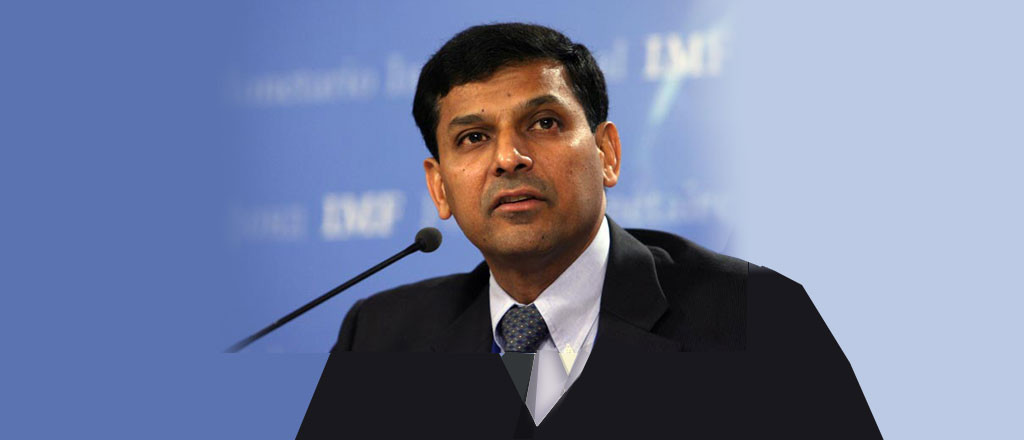On September 5, Raghuram Rajan took over as Governor of the Reserve Bank of India (RBI). His predecessor, D. Subbarao, had made several controversial decisions in his five years in charge. His last two months in office were especially difficult. In an effort to control inflation, Subbarao raised interest rates again and again to bring down liquidity — but he failed. In July, the Wholesale Price Index (WPI) rose to 5.79% against 4.86% in June.
The Bombay Stock Exchange Sensitive Index (Sensex) reflected this pessimism. The markets had been dropping vertiginously the past few weeks. Then, on September 5, came the appointment of Rajan. In the next three days, the market rose from 18,567, to 18,979 to end the week at 19,270.
Monday was a holiday in the Indian markets. Tuesday saw the Sensex gain 727 points or 3.77%, just three points short of the psychological mark of 19,000. The rupee — the public face of the crisis — closed at 63.84 per dollar, up 2.20% from Friday’s close of 65.25. It had gained on Thursday (1.6%) and Friday (1.2%).
This article originally appeared on Knowledge@Wharton.
Read the full article








